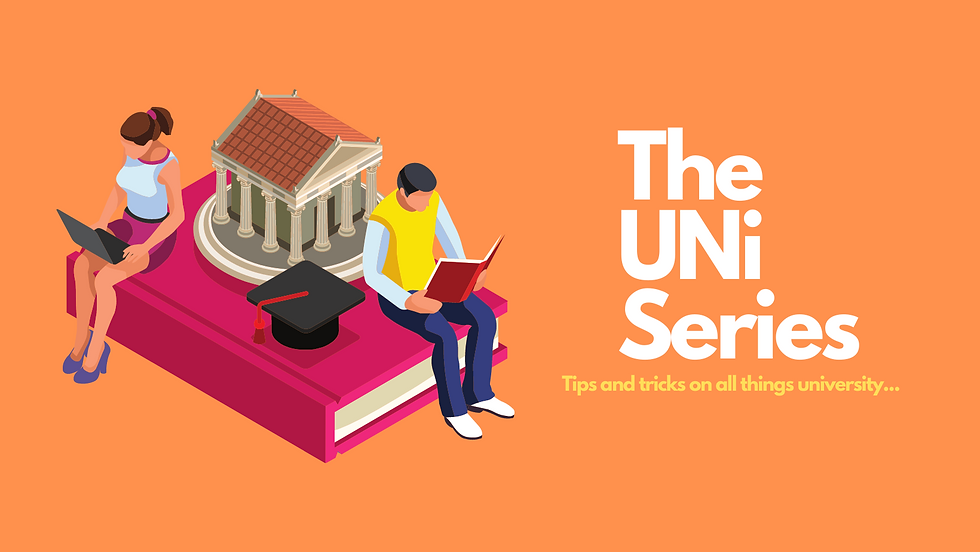Let's talk about Consumer Identity...
- Katie Brindle

- Apr 9, 2021
- 2 min read

Consumer Identity is hard to define, Cushman (1990) explains, :The self is a difficult concept on which to get a perspective, precisely because it is such a central aspect of the horizon.”
If we think of pre-modern societies it becomes an unproblematic concept: A person identity was fixed, solid and stable. If someone was at one point a hunter, they were hunter for the rest of their life. It could be described as a ‘self-sameness’ way to live. As we move into late modern societies, we become more reflective of ourselves: we sustain a coherent but continuous revised narrative of who we are- it’s the small decisions each day that we make that help define who we are: what we’re wearing today, what are we going to eat? These questions determine how we act, how we are to be in society. In essence, we have to create ourselves like a work of art in modern society because our self isn’t simply given to us like it used to.
We can split identity up into four concepts:
Multi-faceted/Self- concept: The self concept is an organised configuration of perceptions of the self, which are available to awareness.
The extended self: We cannot hope to understand consumer behaviour without first gaining some understanding of the meanings that consumers attach to possessions. A key to understanding what possessions mean is recognising that, knowingly or unknowingly, intentionally or unintentionally, we regard our possessions as parts of ourselves.
The empty self: Our terrain has shaped a self that experiences a significant absence of community, tradition, and shared meaning…it is a self that seeks the experience of being continually filled up by consuming goods… in an attempt to combat the growing alienation and fragmentation of its era.
The fragmented self: Consumers are now freed from the structural constraints that one determined their identity, are empowered to 'make up' whom they wish to be through an assortment of choices facilitated through the marketplace.
However, our identities are dependant on our opportunities and resources, especially as we’re constantly changing: class, inequalities, anxieties and constraints within our physical bodies are all major components on why our identities can’t keep up with the constant change.
We also have Digital Identities which can be tailored the way want (like the saying that Instagram is only the best parts of a persons life- I think we’re all inclined to agree with this.) Heres a quick run down of the digital identity world:
Complete digital self: A disconnect between online and offline (avatars etc.)
The hybrid digital self: the online and offline are blurred (Instagram posts that are edited.)
The dematerialisation of consumer goods (streaming services,)
The re-embodiment of consumers and online identities where they have more freedom to create a new sense of identity (Dating apps)
Wider sharing of personal information online.
The co-construction of the self through likes, shares and comments.
Distributed memories of life in digital photo albums.





Comments